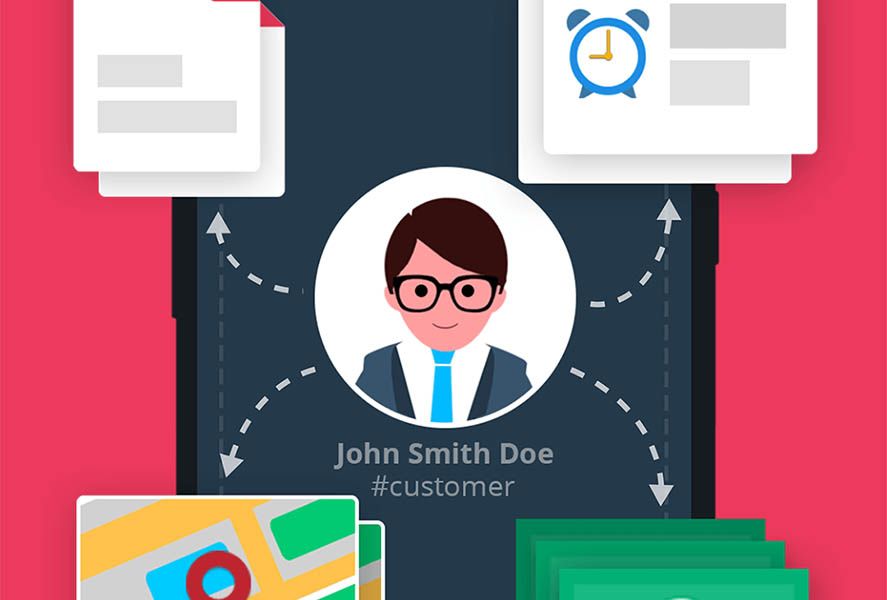Add too many colleagues and other day-to-day professional contacts into the mix and suddenly the apparently straightforward task of staying connected with your work networks can turn into complete chaos. To give a common example: Somebody calls you and says, “Hey, it’s Antonio, got that thing ready for me yet?” And you have no idea who Antonio is or what he wants from you but to save face you say, “Hey, Antonio, not yet, but tomorrow you’ll definitely have it on your desk.” Midnight oil, commence burning.
Now, to save you these awkward situations, there’s Connections, a Microsoft-developed app that displays extra info on the screen about the contact who is calling you. It even lets you add notes and appointments to your contacts book.
It’s true that the default dialer included on most devices can work a bit of ‘magic’ and display caller info such as the phone number of the person calling you even when it’s not listed. That’s not what I’m talking about here. Connections lets you note down requests and pending tasks that you have to deliver for certain contacts, so that when they call you you’ll get a small summary of what they possibly want.

When you get a call a small floating button appears, and when you tap it it displays all the notes you’ve associated with that number. You don’t need to pause the conversation nor shuffle around looking for anything on your device. Everything’s there.
You can keep track of all incoming and outgoing calls, assign them a hashtag to categorize them or add a small description, or associate other contacts from your list or directly send contact info (via text message or by exporting the text to any other communications app on your device). You can also include images in the notes or even create deadline reminders on certain notes. These more finicky details perhaps tread too closely on the territory of more specialized tools, but it’s true that Connections works very well on its own. It’s sure to save you from a few tight spots if you’re the scatterbrained type. As we all know, too much work is as bad as no work at all.





